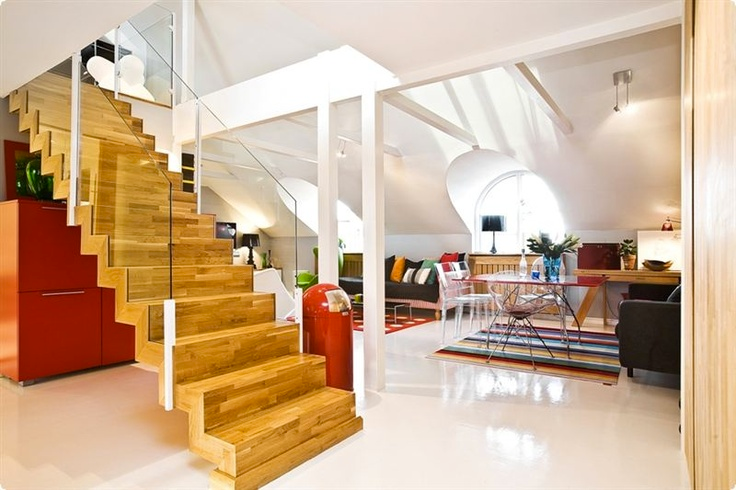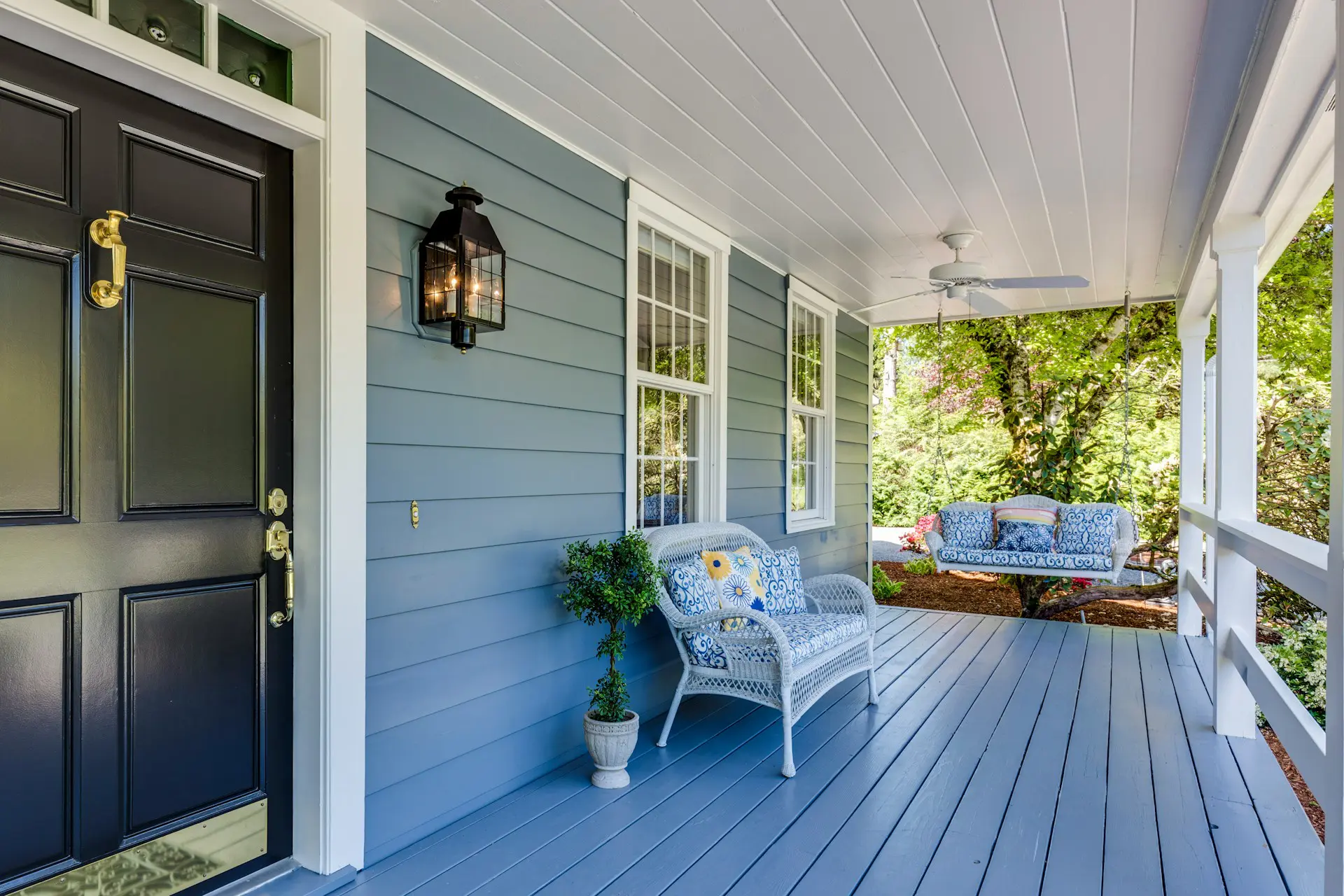How To Paint Different Types Of Floors

Just to nail one important point right away – painting flooring is never particularly easy. Irrespective of the material you’re dealing with and the kind of finish you intend to create, it takes a lot of time and effort to successfully get the job done.
On the plus side, get the job done properly and you could be looking at an absolutely stunning result. There’s really nothing that can transform the entire visual dynamic and general beauty of an interior space like an amazing-looking floor.
Unsurprisingly, we always advise our customers to seek professional support and involvement when tackling these kinds of jobs. But at the same time, this doesn’t mean we don’t also whole-heartedly support ambitious DIYers. Quite the opposite – we’re all about getting your hands dirty and giving things a shot for yourself!

As such, we thought we’d share with our readers a few essential pointers on how to get the job done when dealing with different types of flooring materials. Some of which are easier to deal with than others, but are in all instances doable with the right approach.
Hardwood
If you’re lucky enough to have a gorgeous real hardwood floor at home, this tends to be one of the easiest materials to deal with. Even if you’ve never painted a floor before, you’ll find the whole thing relatively simple from start to finish. It’s simply a case of working with a high-quality polyurethane-based oil paint, which has the required properties to stick to the wood and create a smooth and even finish.
Concrete
Concrete floors are not quite as easy to deal with, given that you may need to first remove any existing paint before getting started with a new coat. This being the most difficult part of the job. In addition, it’s important to remember that any of unsealed concrete floors will simply absorb the paint like a sponge. Latex and oil-based paints are ideal for concrete floors, though you’ll need to treat the entire surface with the appropriate primer first.
Laminate
In the case of laminate flooring, there are so many different types on the market right now that there’s no single approach that guarantees a decent result. In the vast majority of instances, oil-based paint is the best way to go. Nevertheless, it’s a good idea to test things out on a relatively small (and ideally hidden) patch somewhere, giving things 48 hours to see whether or not the paint gets the job done. Don’t even think about tackling the rest of the floor before giving things a test run.
Varnish or Lacquer
Last but not least, any flooring that has been lacquered or varnished can prove particularly difficult to paint. It’s sometimes possible to apply a new coat of paint directly to the surface, though in most instances you will need to completely sand away the finish and add a layer of primer before going ahead.
Five Steps to Success
Irrespective of the type of floor you intend to paint, there are certain universal steps that should be followed along the way:
Step 1 – Clean
As is the case when painting any surface around the home, the first step is to ensure that every last trace of dirt and debris has been removed. Otherwise, the paint is unlikely to adhere properly to the surface.
Step 2 – Protect
Make no mistake about it – painting a floor can be a messy job. Hence, you’ll need to take as many precautions as necessary to protect the rest of your furniture and fixtures from the paint and other products you will be using.
Step 3 – Prime
You’ll sometimes get away without using primer, but in most cases it should be considered mandatory. Always use a high-quality primer for the best possible results.
Step 4 – Paint
Likewise, select the appropriate paint-type in accordance with the surface you intend to coat, shopping exclusively from established and reputable manufacturers you can count on.
Step 5 – Be Patient!
Last but not least, don’t make the mistake of rushing the job and coming out with a disappointing result. Painting a floor can be time-consuming in the extreme, but it’s nonetheless an investment in the beauty and appeal of your home that’s more than worth making.










